Amazing Singapore
An island country in Southeast Asia

Singapore is an island city-state located off southern Malaysia. It is a global financial center with a wonderful tropical climate and a multicultural population.

To get a really good look across Singapore, Sentosa and the Southern Islands go to the top of The Tiger Sky Tower. It offers panoramic views at 131 meters above sea level and counts as the highest observation tower in Singapore. The tower is located in the Imbiah Lookout zone in the center of Sentosa Island.

The Southern Ridges are made up of a series of parks and hills that connect West Coast Park to Mt. Faber. Here you’ll have an adventure walking through the jungle not even leaving the city. The entire route is 9km long with the best stretch being from Kent Ridge Park to Mt. Faber.

This four km section has forest-canopy walkways, lofty skyline vistas, and the awesome Henderson Waves an undulating pedestrian bridge suspended 36m above the ground.
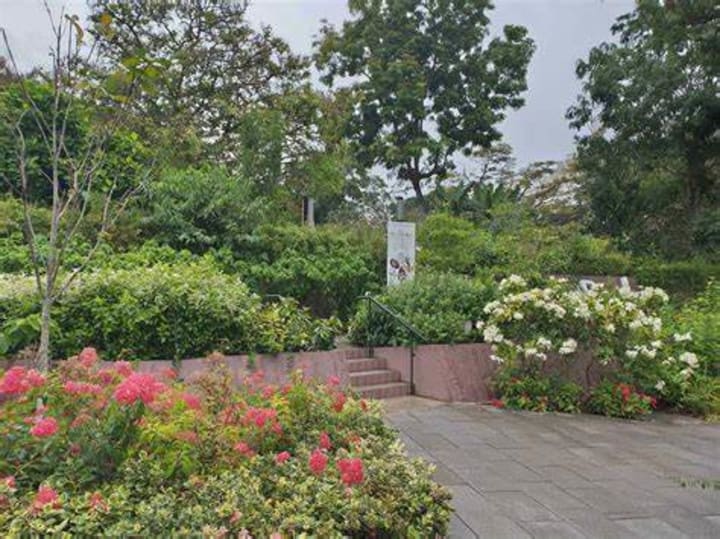
From there you can get to Hort Park with its lovely themed gardens and prototype glasshouses. This park also has a children’s playground, drinking fountains, a nursery cafe, and restrooms.
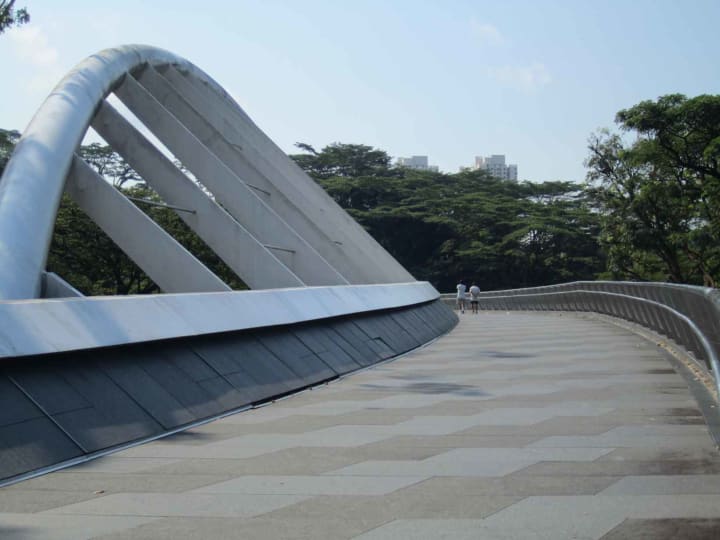
Afterward, you’ll cross over the Alexander Arch Bridge to the impressive Forest Walk that offers eye-level views of the jungle canopy carpeting Telok Blangah Hill. The walkway will lead you to Telok Blangah Hill Park, with its flower-filled terrace garden.
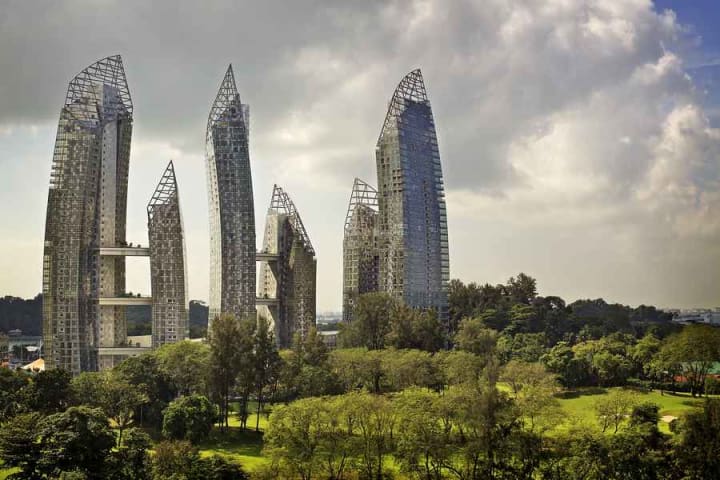
Rising above the forest canopy you can see the shard-like towers that are part of Reflections at Keppel Bay, a residential development that was designed by architect Daniel Libeskind.

The last 550 meters will lead you to the summit of Mt. Faber which is a bit of a steep climb but will reward you with great city views. There is a cable car that connects Mt. Faber with the Harbor Front Mall, MRT, and Sentosa Island.

You can take a 10-minute bumboat ride from Changi Point Ferry Terminal at Changi Village to Pulau Ubin. There is no timetable and boats load up 12 people at a time and are ready to go.

Visitors enjoy Ubin’s kampung atmosphere. It has remained a rural, unkempt expanse of jungle with fast lizards, weird shrines, and many birds. You can see tin-roofed buildings, chickens running about, and dogs sleeping in the dust. The best way to take it all in is by renting a mountain bike. You can pick up a map at the Pulau Ubin information kiosk and take a look at the exhibition that will tell you about Ubin’s culture, history, and wildlife.
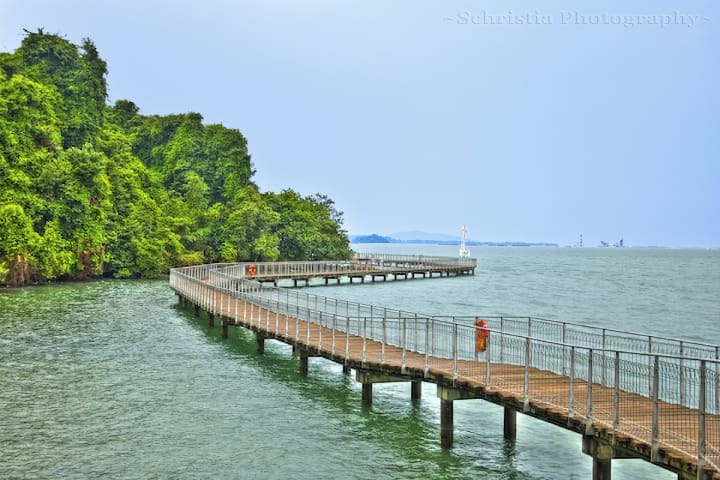
You can choose to take a trip to the Chek Jawa Wetlands to the east of the island. A 1 km long boardwalk takes visitors out to the sea and then loop back through the mangrove swamp.

The 20m-high Jejawi Tower gives panoramic views of the area. If you decide to stay on the island you can rent a chalet from the Marina Country Club or you can choose to camp out.

Gardens by the Bay is Singapore’s 21st-century botanic garden. This is a 101-hectare fantasy land with impressive space-age biodomes, high-tech Supertrees, and assorted sculptures.

The Flower Dome replicates the dry, Mediterranean climates found around the globe.

See the amazing Cloud Forest complete with a waterfall.

Two of the Supertrees are connected by the OCBC Skyway, which offers fantastic views of the gardens, city, and South China Sea. At 7:45 PM and 8:45 PM the Supertrees get lit up for the spectacular Garden Rhapsody Show.

The Heritage Gardens offer four-themed spaces that have been inspired by the cultures of Singapore’s three main ethnic groups – Chinese, Malay, and Indian – as well as its former colonial ruler.

See the amazing sculpture created by British artist Marc Quinn known as Planet. A 7-ton infant seems to be floating above the lawn.

The Children’s Garden, features a water playground, a huge tree house, and an adventure playground.

Singapore’s historic City Hall and the Old Supreme Court buildings are now connected by an impressive aluminum and glass canopy, forming the National Gallery Singapore. The gallery has a world-class collection of 19th-century and modern Southeast Asian artwork housed in two major spaces the DBS Singapore Gallery offering a look at Singaporean art from the 19th century to today and the UOB Southeast Asia Gallery offering artwork from the greater Southeast Asian region.

The Singapore Zoo has freely roaming animals and offers interactive attractions. Visitors can get up close to such animals as orangutans and Malaysian flying foxes. You can look around a replica of an African Village. The zoo stretches for 26 hectares on a lush peninsula that juts out into the water of the Upper Seletar Reservoir.

The zoo is home to more than 2,800 animals. Among the highlights is Jungle Breakfast with Wildlife where you can have a morning buffet in the company of orangutans. At the giant Fragile Forest biodome you can see free-roaming ring-tailed lemurs, lories, and tree-hugging sloths. Great Rift Valley is home to baboons. Children enjoy the Rainforest Kidzworld where they can run and play, have pony rides, and feed farmyard animals.

Singapore Botanic Gardens is a UNESCO World Heritage Site that stretches for 74 hectares. The gardens were established in 1860. Visitors can delight in lakes, rolling lawns, and themed gardens.

You can see the National Orchid Garden with more than 1000 species and 2000 hybrids, a dense primeval rainforest, and more than 300 species of vegetation, half of which are now considered to be rare in Singapore. On Saturdays, there are free, themed guided tours.

The Symphony Lake is a romantic spot where there are seasonal opera performances.
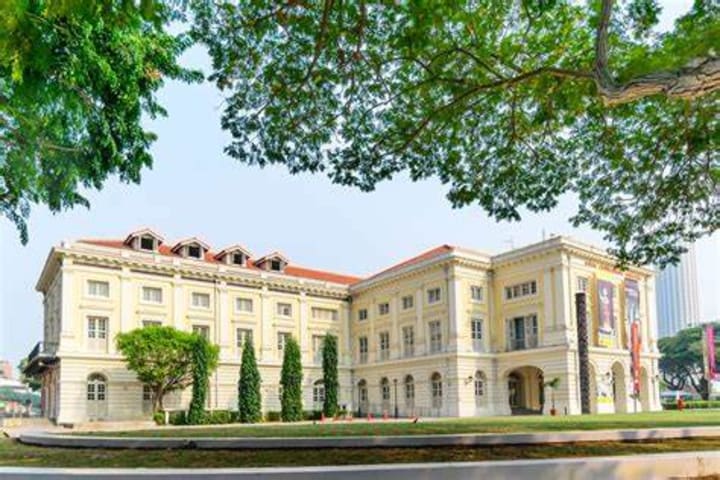
The Asian Civilizations Museum is home to the region’s most comprehensive collection of pan-Asian treasures. The thematic galleries look into the history, culture, and religions of Southeast Asia, China, the Asian subcontinent, and Islamic West Asia. Among the artifacts are Sumatran and Javanese ceremonial jewelry, Thai tribal textiles, Chinese silk tapestries, and astronomical treasures from 14th-century Iran and 16th-century Egypt. Some unusual objects include a 17th or 18th-century Tibetan ritual bone apron, made with human and animal bones. The museum has found its home in the impressive Empress Place Building, designed by British architect John Frederick Adolphus McNair. Originally the colonial government offices were here. Here you can see a mix of Palladian classicism and some tropical touches. There are timber louvered shutters and a wide, shaded porch.
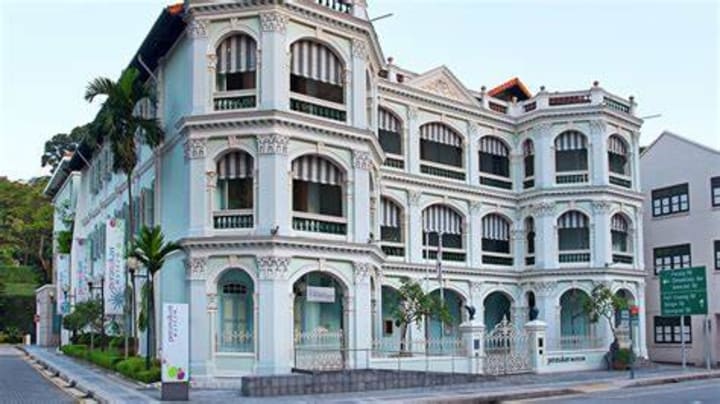
You can learn about the rich heritage of the Peranakans (Straits Chinese descendants) at the Peranakan Museum. Thematic galleries cover various aspects of Peranakan culture from the traditional 12-day wedding ceremony to crafts, spirituality, and feasting. You can see intricately detailed ceremonial costumes and beadwork, beautifully carved wedding beds, and rare dining porcelain. An unusual example of Peranakan fusion culture is a pair of Victorian bell jars in which statues of Christ and the Madonna are adorned with Chinese-style flowers and vines. The museum shop has embroidered bags, Peranakan-style kebayas (traditional blouse dresses), and ceramics. There are books available on Peranakan history, food, and architecture.

The National Museum of Singapore gives visitors a real look at Singapore from ancient Malay royalty to wartime occupation to nation-building to food and fashion. Go Head/Go Stan: Panorama Singapura, offers an audiovisual trip through the city-state’s many periods. The museum’s neo-Classical wing has a stained-glass rotunda and was once home to the Raffles Museum and Library.

At the S.E.A. Aquarium visitors can view more than 800 species of aquatic creatures. Here you can see the recreation of 49 aquatic habitats that can be found between Southeast Asia, Australia, and Africa. The Open Ocean habitat has a 36m-long, 8.3m-high viewing panel which is one of the world’s largest. There is also an interactive, family-friendly exhibition that explores the history of the maritime Silk Route.

East Coast Park is a lovely seafront park stretching for 15km. Here residents and visitors can swim, windsurf, wakeboard, kayak, bike, inline skate, skateboard, picnic and find great places to have a bite to eat. The park has swaying coconut palms, some bushland, a lagoon, and sea-sports clubs. You can rent a bike, catch sea breezes, watch the container ships going by, and end your day by having a beachfront meal.
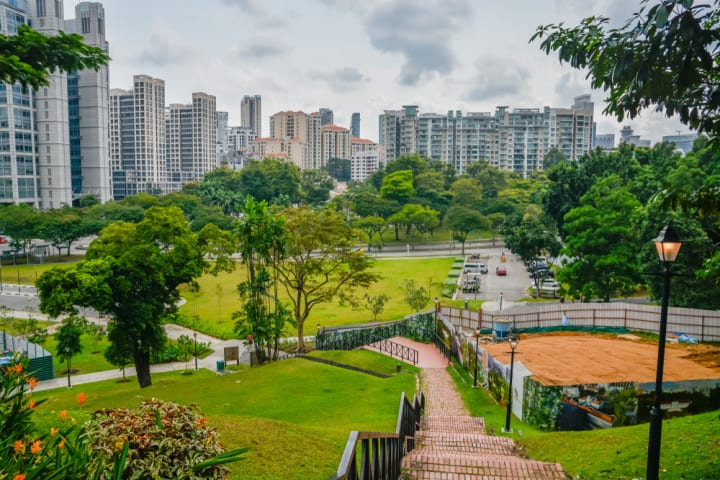
Fort Canning Park offers another retreat from the hot city streets. There is a spice garden and you can see an exhibition at Singapore Pinacotheque de Paris or learn about Singapore’s wartime defeat at the Battle Box Museum. The park hosts several outdoor events and concerts all year long among them Shakespeare in the Park (April/May), Ballet Under the Stars (June/July), and Films at the Fort (August).
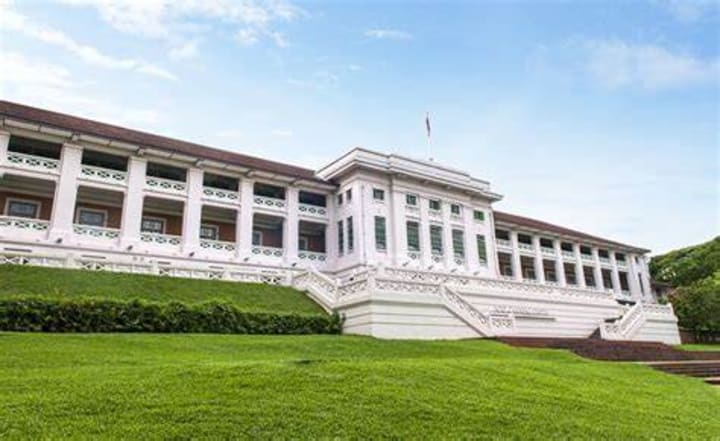
Singapore's Pinacotheque de Paris is like a French private art museum. Here you can see historic Southeast Asian sculptures, jewelry, and other artifacts in the small, free Heritage Gallery. There are temporary exhibitions that cover a range of themes in the Features Gallery. The Collections Gallery has more than 40 rare artworks from great artists like Rembrandt, Monet, Picasso, and Modigliani. There are also Southeast Asian tribal artworks. Other features include a specially commissioned Graffiti Walk that was created by six street artists from around the world and a Garden Walk, a mosaic installation by French artist Julie Navarro. There is also an art academy that offers art classes and lectures to visitors.

Sungei Buloh Wetland Reserve has 202 hectares of mangroves, mudflats, ponds, and secondary rainforests and is a great place for bird watching. Birds here include egrets, sandpipers, and plovers as well as local birds like herons, bitterns, coucals, and kingfishers. You can spot-monitor lizards, mudskippers, crabs, and at times an estuarine crocodile. Every Saturday morning free guided tours are available. This reserve is one of the few remaining mangrove areas in Singapore and has lush, walking trails among them a Migratory Bird trail and a Coastal Trail that are dotted with bird-viewing huts and lookouts. There is a Visitor Center with a cafe and includes a mangrove exhibition gallery.

To see over a vast area ride the 165-meter high Flyer this is Singapore’s answer to the London Eye. The large observation wheel takes you for a thirty minute spin. A good time to take the ride is at dusk when the downtown skyscrapers are all lit up.
About the Creator
Rasma Raisters
My passions are writing and creating poetry. I write for several sites online and have four themed blogs on Wordpress. Please follow me on Twitter.


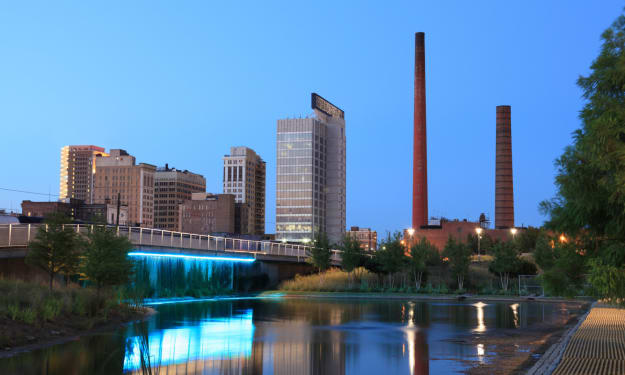



Comments
There are no comments for this story
Be the first to respond and start the conversation.